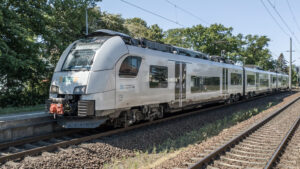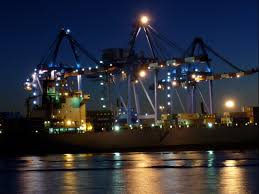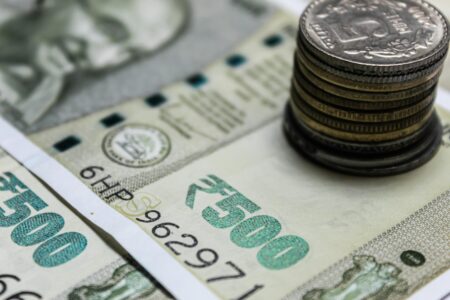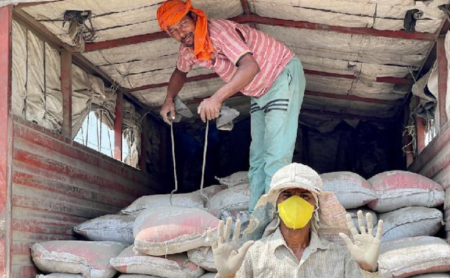Case studies on India’s transition to sustainable logistics
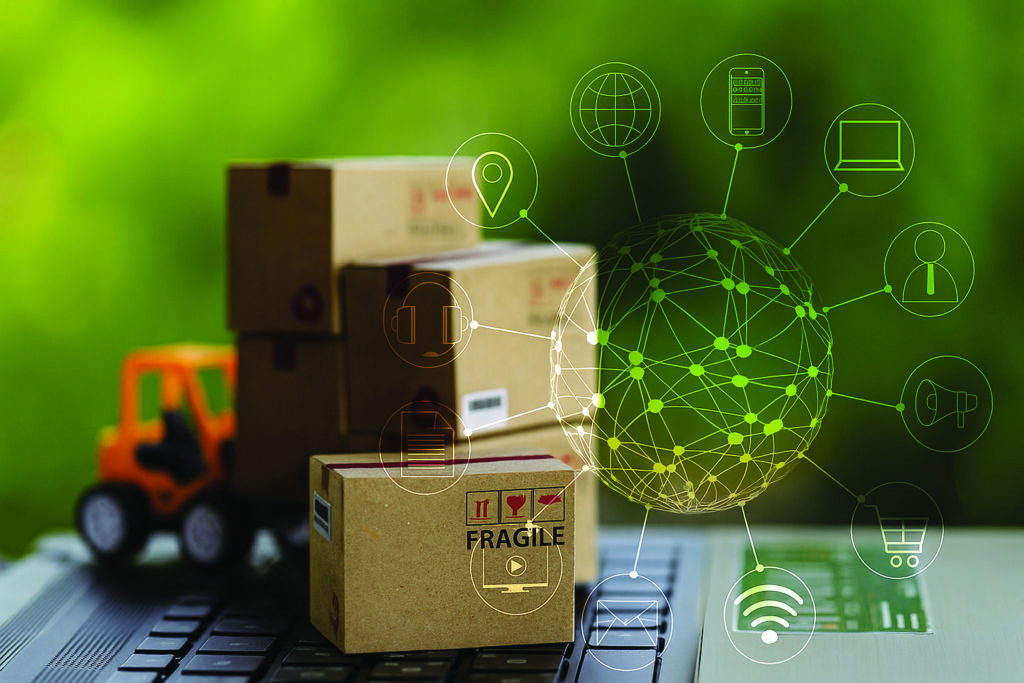
Green logistics means cleaner choices, smarter systems, and shared responsibility
India’s logistics sector has long been the lifeline of commerce and industry. From moving agricultural produce across states to delivering high-tech goods to global ports, the movement never stops. But as the sector grows, it is expected to touch $428 billion by 2033, so does its environmental footprint. Heavy reliance on diesel, inefficient freight systems, and a road-heavy modal mix have all contributed to logistics being one of the country’s largest sources of greenhouse gas emissions.
Now, with the twin pressures of climate change and economic sustainability, the sector stands at a critical inflection point. Some players are choosing to lead by example. This case study explores how DP World, Hyundai Motor India, and the newly launched CONCOR–TERI Centre of Excellence are moving the needle towards greener, smarter logistics.
Emissions in motion

Sustainable freight begins with innovation, intention, and long-term environmental vision
The true cost of moving goods in India is showing up in our air and climate. While trucks handle most freight, about 70 percent, they’re also behind 38 percent of CO₂ emissions in transport. Add in energy-hungry warehouses and chaotic last-mile delivery, and the impact multiplies. With rising heatwaves and pollution, it’s clear: India must shift to cleaner, smarter logistics. The time to act isn’t in the future; it’s now.
Smarter moves, Greener impact
DP World is playing a key role in reshaping how goods move across India. With major terminals at Nhava Sheva, Mundra, Cochin, and Chennai, the company is creating a logistics network that’s fast, efficient, and better for the environment.
What sets DP World apart is its focus on integration. Instead of treating ports, warehouses, and transport as separate parts, it connects them into one smooth system. This reduces delays, cuts costs, and lowers emissions, helping both the business and the planet.
To support greener decisions, DP World has also launched a Carbon Emissions Calculator, letting customers see the carbon footprint of their shipments based on transport mode and route. It helps companies choose cleaner options without losing visibility or control.
In its warehouses, DP World is switching to solar power and aiming to meet energy needs through renewables. This shift not only reduces emissions but also saves money in the long run.
The company is also tackling one of the most polluting stages, last-mile delivery, by blending rail, road, and coastal shipping. This multimodal approach ensures goods are delivered faster and cleaner, especially in crowded cities.
With these efforts, DP World is proving that efficient logistics can go hand in hand with sustainability.
Shifting gears toward cleaner freight
One of the most impactful logistics shifts happening in India is in vehicle distribution, and Hyundai Motor India is leading by example. Rather than moving all its vehicles by road, the company has strategically turned to rail transport as a cleaner, more efficient option.
In 2024 alone, Hyundai transported over 156,000 vehicles by rail, cutting more than 18,000 tonnes of CO₂ emissions. Since 2021, over 500,000 vehicles have been moved through Indian Railways, leading to a cumulative reduction of 63,000 tonnes in carbon emissions. These aren’t trial runs; they’re part of a solid strategy proving that rail-based freight can significantly reduce environmental impact.
This initiative aligns well with India’s growing Dedicated Freight Corridors (DFCs), fast, specialised rail lines built to streamline freight movement across the country. Hyundai recognised the opportunity early and built its logistics strategy around these corridors, gaining both environmental and operational advantages.
The success of this approach shows the power of public-private collaboration. While the government invests in infrastructure, companies like Hyundai are leveraging it to reduce fuel consumption, ease road congestion, and make logistics more sustainable, setting a strong example for the rest of the industry.
Building foundations for greener freight
India’s green logistics transition isn’t limited to corporate initiatives; new institutional efforts are now driving the change. A key development is the creation of the Centre of Excellence for Green and Sustainable Logistics, a collaboration between Container Corporation of India (CONCOR) and The Energy and Resources Institute (TERI).
Launched at the World Sustainable Development Summit 2025, the Centre aims to promote a national shift from road to rail while also encouraging the use of multimodal transport. One of its goals is to diversify the range of commodities moved by rail, making it a more viable option for different industries.
A major focus will be the development of a green warehouse rating system and digital tools that logistics providers can use to track and improve their environmental performance. These will be based on detailed, sector-specific studies to ensure ease of use and relevance.
The Centre also aims to act as a platform for policy dialogue and global knowledge exchange, supporting access to carbon credit markets and showcasing India’s green logistics innovations on the world stage. It marks a critical step in building long-term, low-emission freight solutions for the country.
One goal, Many green paths
What connects these stories is a clear purpose, taking real steps toward greener logistics. DP World is powering warehouses with solar; Hyundai is cutting emissions by using rail, and CONCOR–TERI are building tools to guide industry-wide change.
Together, they show that sustainability isn’t just about tech; it’s about mindset. It’s about choosing smarter, investing wisely, and proving that being green and being profitable can go together.
India moves smart and sustainable
As India works toward becoming a $5 trillion economy, building climate resilience must go hand in hand. Greener logistics will be a key part of this journey. The companies taking action now are setting the benchmarks for tomorrow.
This isn’t about one-off projects anymore. A nationwide green logistics framework is taking shape, driven by collaboration, smart data, and a strong commitment to creating lasting, meaningful change for the future.
(Based on insights from the Green Logistics Report by Amicus Growth Advisors)

